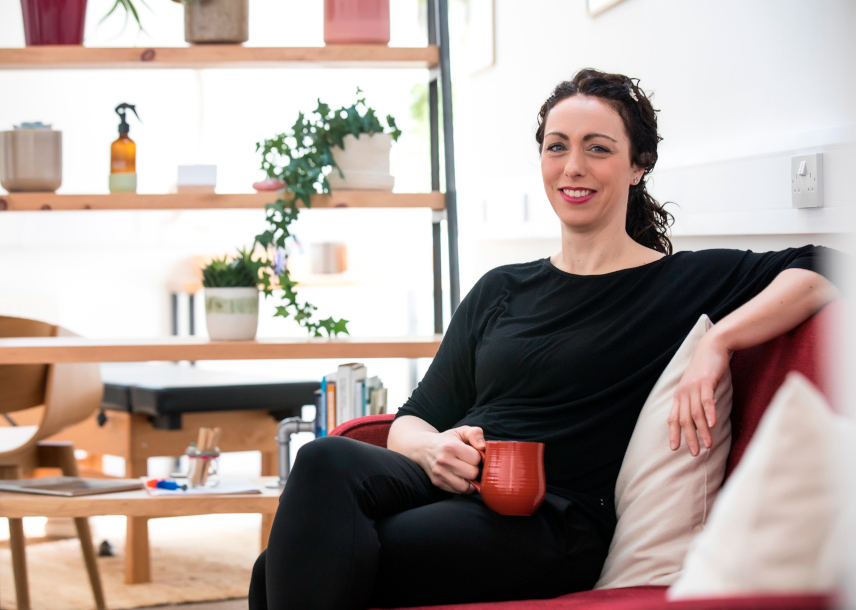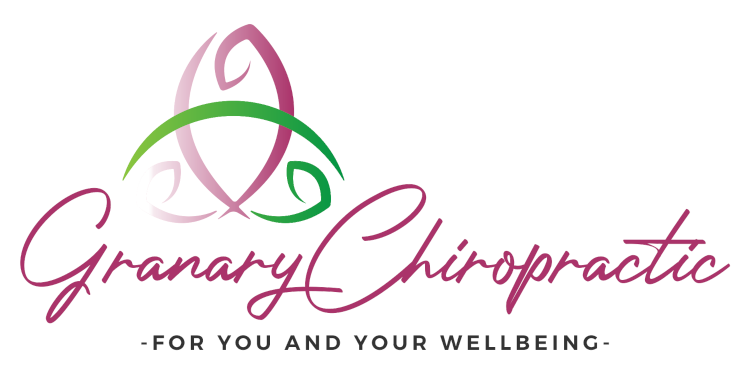
Shall We Talk Intentions?
When we start something new, we are often excited however, as time goes on, we can lose that motivation and need something to keep us going. This is where setting intentions comes in. The right intentions can help us find focus and allow us to enjoy the journey.
It is important to start by asking yourself some more about the intentions you are setting. Here are some questions to think about. Often the answer is in asking the correct question rather than necessarily having the answers:
- Why do I want to set intentions?
- What do I want to gain from my intentions?
- How do I want my intentions to make me feel?
- What could hold me back from achieving my intentions?
- What can I put in place to overcome problems before they arise?
It is likely that you already had certain intentions in mind when you started to read this article. Perhaps you wanted to feel more relaxed, create a better work life balance, or just to improve your overall well-being. Think about your reasons for investing in the time to make intentions and how you want to feel at the end of the journey.
It is also important to spend a little bit of time thinking about what may hold you back and how you can get over any future problems. By getting one step ahead of these potential issues, you can plan and prepare for them before they arise. Spend a few minutes on each of the above questions and just write down your gut feeling for each answer. What came up as you answered these questions?
Turning your answers into intentions
Once you have answered the questions, it’s time to turn these into intentions. To do this, we need to focus on the three P’s.
Personal: These intentions must be personal to you and what you want from life. Don’t set intentions based on other people’s opinions of you or what you think other people might want from you. Set your intentions for you and you alone.
Positive: If we set an intention to ‘not be stressed today’ then what’s the one word we are saying to ourselves all the time? Stressed. We are setting a negative tone from the outset. So, frame it positively. For example, ‘I intend to feel calm and relaxed today’.
Present: Intentions focus on the present and not the future. The joy of intentions is focusing on the here and now, so ensure that yours reflect this.
Finally, think about those problems or issues that you wrote down when answering the questions. Can you set an intention to combat these? If you think that finding the time is going to be an issue then make this one of your intentions, for example ‘I intend to make time for myself and my writing today’. Maybe you only have ten minutes to yourself because of the children, in this case, having an intention to read a book for thirty minutes wouldn’t really work, but reading a few pages would work.
The difference between goals and intentions
Goals and intentions are different.
Goals: With a goal, you tend to have something in mind that you want to accomplish in the future such as I want to get a promotion, or I want to complete a marathon. Sometimes, we can set goals that seem far out of our reach or just totally unrealistic. Other times, we make more SMART (specific, measurable, achievable, reasonable and time-based) goals that are meaningful and attainable.
Intentions: Intentions are slightly harder to define, and everyone will think differently about what they are. When I think of intentions, I think of them as a way of being, a way of living; ‘who am I?’ or ‘who will I be today?’. We set intentions when we wake up in the morning as to who we want to be that day or even set intentions before a yoga practise for example as to what we want to get out of being on the mat that day. An intention is all about being in the present moment and taking part in the journey. Intentions might be ‘I intend to feel motivated and driven’ or ‘I intend to bring more mindfulness into my days’.
So, the key differences between goals and intentions are that goals are much more future focused than intentions. Goals are things you want to achieve in the future, and you likely care more about the destination than the journey. On the other hand, intentions are set in the present and allow you to enjoy the journey.
Another difference between goals and intentions is the way they can make you feel. We can often lose motivation or get disheartened when setting goals, especially as we are so good at moving the goal post for ourselves! However, when we set intentions to be present and enjoy the process, we find ourselves feeling more fulfilled along the way.
Here is an example; your goal might be to run a marathon, your destination is to cross that finish line and get your medal. Your intentions however might look something like this:
- I intend to appreciate all my progress in my training.
- I intend to commit to my training wholeheartedly.
- I intend to take in all the sights and sounds around me, whenever I’m training.
As you can see, the intentions are far more about the journey and less about the destination. Without intentions, your goal is to reach that destination but what if you fail? What if you train for months and then sprain your ankle and can’t compete in the marathon at the last minute. You never cross that finish line, and you are now a failure, right? Or perhaps you did achieve your goal! Congratulations! But then the goal posts move and we decide we want to run an ultra-marathon. Very few of us will celebrate for very long after achieving our goals, instead, we pat ourselves on the back and look at the next goal.
When we set goals without intentions, we forget to enjoy the journey that got us to where we wanted to be. If you don’t quite achieve that goal, then you are instantly a failure. By setting intentions, we can appreciate every step we took, every time we fell and picked ourselves back up and every second, we got closer to our personal best. We fully enjoy and appreciate all the moments when we focus on the present moment.
So how do we use intentions and goals together? Step one, decide on your goal or goals. Step two, make sure those goals are smart (specific, measurable, achievable, relevant, time-based). Step 3, create your intentions based on those goals (make sure you frame them in a positive tone and focus on the present, for example I intend to bring more peace into my life today). Step 4 focus on those intentions throughout your journey (wake up in the morning and remind yourself of your intentions). Step 5, remember to experience every single aspect of your journey towards whatever your goal or goals may be. Be present, mindful, and accepting of all the hurdles as well as appreciating the wins.
Visualising your success
Now we have our goals and intentions in place, it’s time to visual what life will be like for us at the end of the period that we have set. Will we have more free time? Will we feel calmer and more relaxed? Visualise what life will be like at the end of this exciting journey.
Although the start of our journey is an important time to use our visualisation to help set our intentions the even more important time to use it is when we are struggling! If you feel as though you are losing motivation or want to throw in the towel, come back to visualising your intentions or remember why you wanted your goals and intentions in the first place.
I have always been a goal type person and have often moved the goal posts in the past, but now, I practice setting my intentions so that I enjoy the journey with all it’s beautiful ups and down’s. If I reach my goal then great, if I don’t then I can always say that I have enjoyed the journey. What I have found is that often the goal changes as the journey unfolds and that is fine since it is the joy in the journey not necessarily the joy of achieving a goal.
Make these intentions part of your daily routine and don’t be afraid to upgrade or change them at any time.
Good Luck!
Love Kat

What is Chiropractic?

